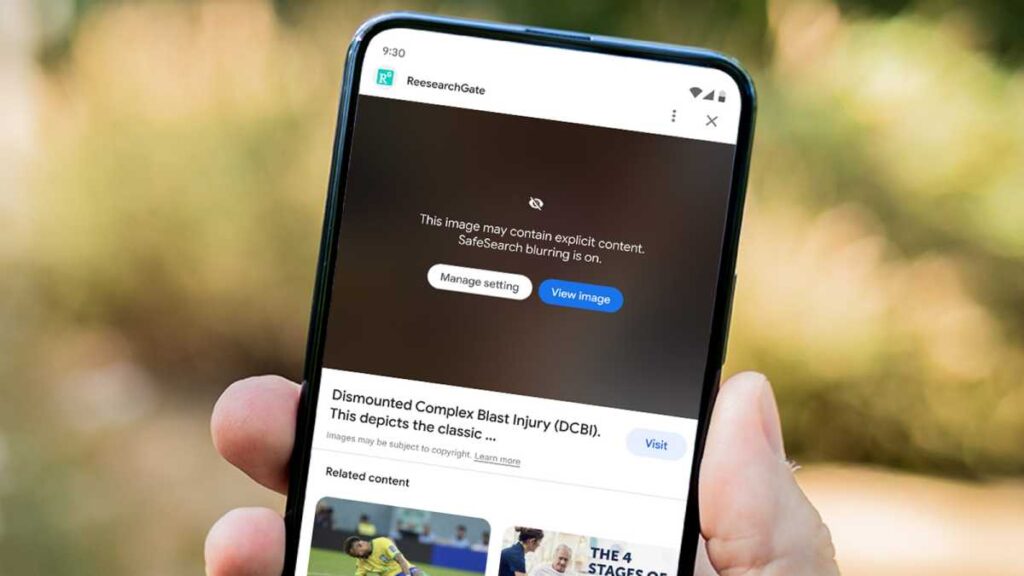Safer Search with Google
Google has made a substantial update to its search engine in an effort to improve internet safer search and personal privacy. The technological giant Google has introduced a new SafeSearch function that automatically will blur explicit images by default in search results. All users, including those who hadn’t previously activated SafeSearch, now have this functionality enabled by default. As part of Google’s broader initiatives to enable users to take control of their personal information and online security, the decision to execute this change internationally was first announced in February and has now been realized.
Global Implementation of Blurring
The main goal of this program is to make the internet a safer place for users of all ages. Google’s dedication to safeguarding users’ privacy and internet security goes beyond simply obscuring pornographic imagery. Their “results about you” dashboard has also been modified, making it simpler for users to ask for the removal of their private information or explicit content from search results. The method for families to access parental control settings straight from the search interface is also being made simpler by Google.
Protecting Online Privacy

For protecting online privacy Google declared earlier this year that SafeSearch, a function intended to filter out offensive and specific data, would be turned on by default in search results. This implies that any explicit imagery, such as adult or graphic violent content, will automatically be blurred in the results when you search on Google, making the surfing experience more family-friendly.
Default SafeSearch for All
It’s important to remember that this default option is not fixed in stone. Google is aware that every user has unique preferences and requirements. They have therefore made it simple to personalize your search experience. SafeSearch will be turned on by default if you’re signed in and under the age of 18, but you can quickly disable it if you’d like. Likewise, people who are not logged in or who use Google unsupervised. Similar to this, users can stop SafeSearch or completely filter explicit results if they are not logged in or are using unsupervised Google Accounts.
Customizing Your Search Experience
In conclusion, Google’s move to automatically obscure explicit photos in search results is a big step towards customising search experience and making the internet a safer place. This modification is in line with Google’s overarching goal of giving consumers more privacy and control over their personal data. Google’s new SafeSearch tool gives you the ability to tailor your search results to your tastes, whether you’re a parent hoping to protect your kids or an adult seeking a more restricted browsing experience.

